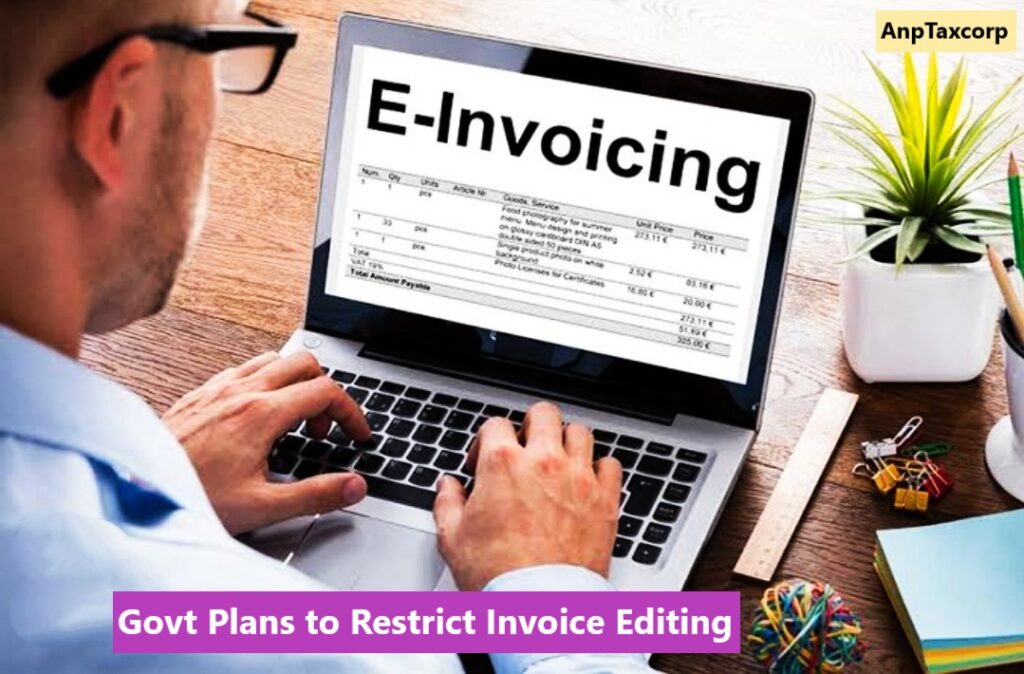Govt Plans to Remove Invoice Editing Feature in Next Financial Year
Govt Plan to Remove Invoice Editing Option: In a bid to boost compliance and tackle the issue of fake invoicing, the Indian government is considering a significant change to the Goods and Services Tax (GST) system. Revenue Secretary Sanjay Malhotra recently announced the plan to eliminate the option for buyers and sellers to revise their output liability by locking invoices and removing the editing feature in the upcoming financial year. This proposal is set to be discussed at the next GST Council meeting, scheduled later this month.
The move aims to address the misuse of the current system by unscrupulous entities engaging in fake billing practices. Malhotra emphasized the need to tighten the existing trust-based system, which has been exploited by fraudulent companies.
“We need to further improve compliance so that the menace of bogus entities and fake billing is somehow controlled. Right now, it is a trust-based system and we have given an editing facility which is being misused by some unscrupulous, non-existent kind of people by making these bogus companies. So, we will tighten our systems,” said Malhotra.
The proposed changes involve eliminating the editing facility provided to both buyers and sellers, preventing them from correcting errors after tax credit has been claimed. Currently, if an error is identified during the tax payment process, parties involved are allowed for editing. However, this flexibility is set to be removed under the new plan.
“The government has given the facility of editing, which I want to remove. After A uploads the invoice after selling to B, he is supposed to make the tax payment in the next month. In the present scenario, at the time of tax payment, if A realizes there was an error, he is allowed for editing it. This facility of editing will be removed,” explained Malhotra.
The proposed system modification involves locking invoices and removing the editing option after the submission of GSTR-1 and GSTR-3B. This is expected to bring several advantages to the economic framework, such as preventing suppliers with fraudulent motives from altering invoice information after submission, managing false Input Tax Credit issues, and minimizing commercial disputes among involved parties.
While the government aims to streamline the GST system for better compliance, there are potential challenges associated with these changes. These include reduced flexibility for correcting genuine errors, increased administrative workload, and potential system integration issues. Small businesses may face compliance hurdles, and initial inaccuracies might lead to disputes. Careful consideration and mitigation strategies are essential to balance the benefits against these risks.
The next GST Council meeting, where this proposal will be discussed, is anticipated later in February. Stay tuned for updates on this significant development in India’s indirect tax regime.
To Read about Recent Introduction of Penalty Provision for Specified Persons CLICK HERE
Also Read
GST Appellate Tribunal by July to August 2024: Revenue Secretary
DGGI Unveils Massive Tax Fraud: 1,700 Cases Exposing Rs. 18,000 Crores Scam

